Cannabidiol (CBD) and cannabigerol (CBG) are two of the most commonly discussed cannabinoids.
While both of these compounds originate in the hemp plant, the CBG vs CBD debate is raging in some industry circles.
The question from most prospective users, of course, is, “which of them is better to take?”
The short answer is that both possess therapeutic properties for better health, and most users of hemp extracts can find them to be beneficial depending on their particular needs. In many cases, taking CBD and CBG together may enhance benefits through an entourage effect of support in the body’s endocannabinoid and central nervous systems.
The longer answer, and the one we aim to address today, is that there are some key differences and similarities you should know before trying one or the other.
A Brief Overview
In a nutshell, CBD is a non-psychoactive compound found in cannabis and used in many forms, including oils, capsules, edibles, and topicals. It has gained widespread attention in recent years due to its therapeutic benefits, which include pain relief, anxiety reduction, and anti-inflammatory properties.
On the other side of this comparison is CBG. It occurs naturally in much smaller amounts in the hemp plant than cannabidiol because it is the precursor molecule to all other cannabinoids.
In fact, CBG is so “rare” in the cannabis plant that it has been dubbed the Rolls Royce of Cannabinoids. This scarcity, which requires a lot more hemp to extract in any significant quantity, also means that cannabigerol is a bit more expensive than its CBD counterpart.
Endocannabinoid Receptors: How CBD and CBG Work
Endocannabinoid receptor sites exist throughout the human body and both CBD and CBG have been shown to interact with these critical systems. They are responsible for helping to maintain stability in stress response, sleep cycles, pain response, immune function, and a host of other physiological processes.
While Cannabidiol and Cannabigerol interact with the endocannabinoid system, they do so in different ways as it relates to CB1 and CB2 receptors. CB1 receptors are primarily known for mediating psychoactive effects, while CB2 receptors affect anti-inflammatory and immune-response activities in the body.
CBD has a relatively low affinity for both CB1 and CB2 receptors, but it can still exert some effects on these receptors indirectly. CBG, on the other hand, has a higher affinity for CB1 receptors than CBD does, but a lower affinity for CB2 receptors.
Research has assessed that the chemical structures of these compounds are likely responsible for their unique properties and effects. CBD has a cyclic ring, while CBG has a straight chain. It is believed that these key differences in structure may affect how they interact with the body's endocannabinoid system, as well as other receptors in the central nervous system.
Benefits of CBG and CBD
The interaction of CBG and CBD with the endocannabinoid system is believed to be responsible for many of the benefits observed in clinical studies.
Though each of these cannabinoids interacts with the body in different ways, many of these interactions lead to similar outcomes for patients.
Extensive research into CBD’s potential use for treating various health conditions shows that it has anti-inflammatory, analgesic, and anxiolytic properties. As a result, those using cannabidiol report less inflammation and pain, lowered levels of stress and anxiety, improved mood, healthier digestion, better sleep, and an overall improvement in various measures of quality of life.
CBG, while not as extensively studied as CBD, also shows promise as a therapeutic for a variety of health concerns. Recent en-vivo and en-vitro studies indicate that it is a strong anti-inflammatory and may be beneficial for those suffering from inflammatory conditions ranging from arthritis to digestive issues.
Patients using CBG-dominant cannabis strains have reported improvements in psychological symptoms related to anxiety, depression, and stress. Moreover, it may act as an effective neuroprotectant and cognitive enhancer.
Interestingly, CBG has demonstrated unique antibacterial effects against various bacteria strains, including methicillin-resistant Staphylococcus aureus (MRSA), which is notoriously challenging to treat.
The Entourage
In contrast to the rivalry between CBD and CBG, the entourage effect refers to the idea that the combination of multiple cannabinoids, terpenes, and other compounds found in the cannabis plant can produce greater therapeutic benefits than isolated cannabinoids on their own.
Cannabigerol and cannabidiol are two cannabinoids that have been studied for their potential health benefits, and they can also play a role in the entourage effect. When CBG and CBD are combined with other cannabinoids like THC, CBN, and CBC, they work together to enhance their effects.
As an example, THC can increase the absorption and effectiveness of CBD, while CBD can help mitigate some of the negative side effects of THC. CBG, on the other hand, can enhance the therapeutic potential of both THC and CBD by amplifying their effects on the endocannabinoid system.
Other compounds in the cannabis plant, such as terpenes (the compounds responsible for giving cannabis its distinct aroma), also contribute to the entourage effect, with their unique therapeutic effects. So, the question isn’t necessarily CBG vs CBD, but rather, how they can work together.
Thus, rather than looking for differences between CBG and CBD and reasons to take one over the other, the science behind these cannabinoids strongly suggests that taking them together may be the most optimal approach for better health.
How to use CBG and CBD
Whether you’re enjoying these hemp extracts separately or together, dosage is key.
Before beginning, you’ll want to review dosage and usage information. There are various aspects of dosage to consider, including body weight and therapeutic need.
Ideally, the best approach is titration, which means starting with a low dose and gradually working your way up to higher doses. This may take several days or weeks to find the ideal dose of CBD or CBG, whether you are taking them separately or together.
Both CBD and CBG are available as pure isolates, meaning that these particular oils contain only one specific cannabinoid. The benefit of taking an isolate is that a user can be much more precise with dosage levels for each individual cannabinoid. However, pure isolate oils and concentrates lack additional cannabinoids, terpenes, and other hemp compounds, so they have a much weaker entourage effect than a full spectrum or broad spectrum product.
These multi-spectrum products combine CBD and CBG along with other compounds in an effort to mimic the naturally occurring concentrations in the hemp plant to enhance the overall benefits to health.
Conclusion
To sum up, CBD and CBG contain unique properties and demonstrate different effects on the human body.
But they are also quite similar, helping to provide support for those suffering from pain, stress, anxiety, mood imbalance, digestive issues, sleep problems, and other conditions.
They can be taken independently of each other with great success but may be most effective when taken together with other hemp compounds like CBN and THC cannabinoids, as well as hemp terpenes.
Ultimately, each individual will respond differently to cannabidiol and cannabigerol. Finding the right blend for your specific needs may take several days or weeks, but the effort will no doubt be worth it!
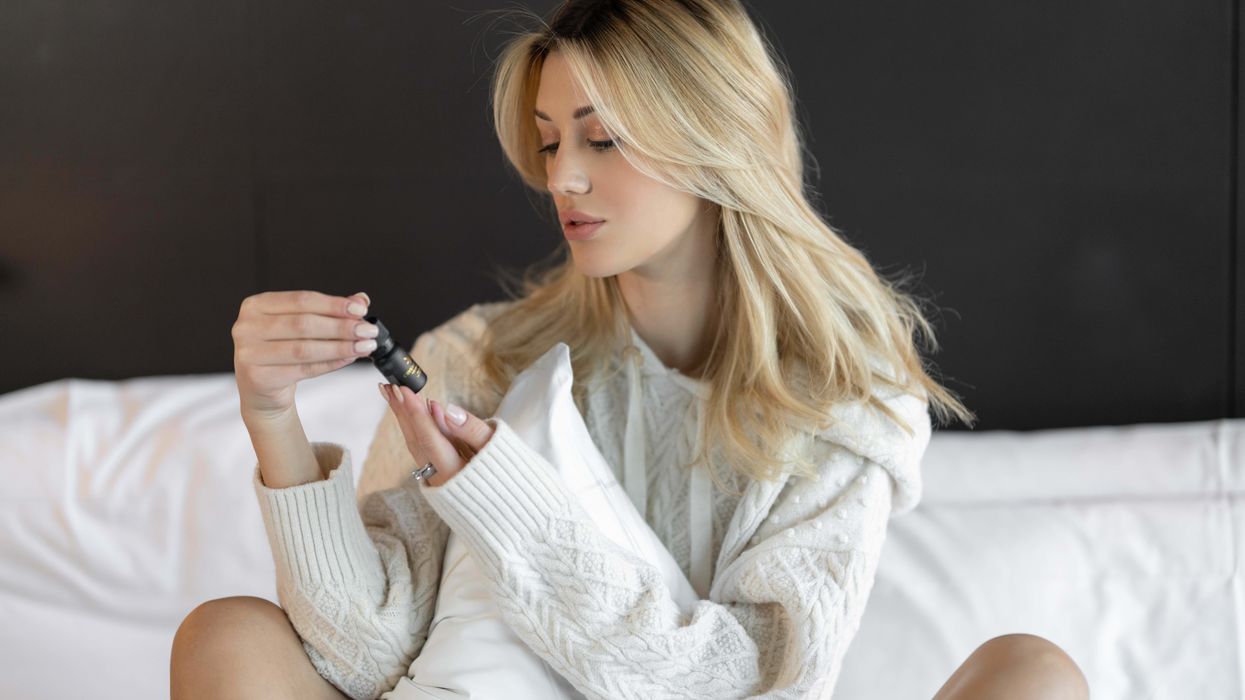

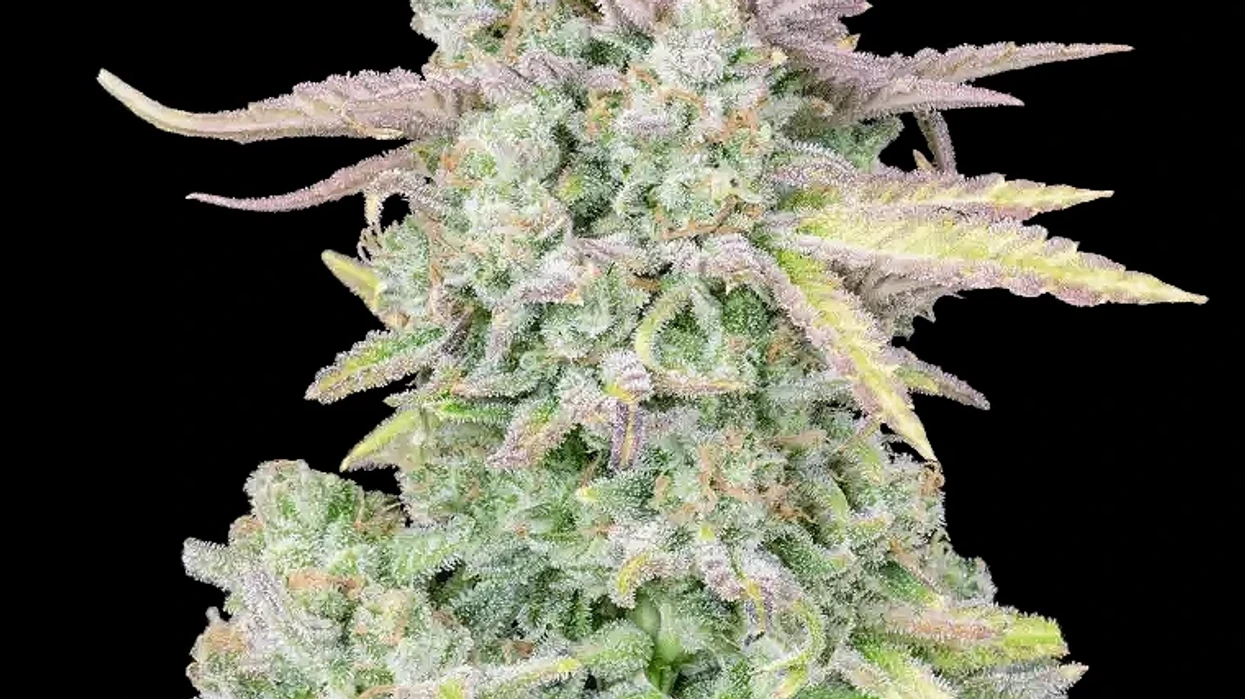
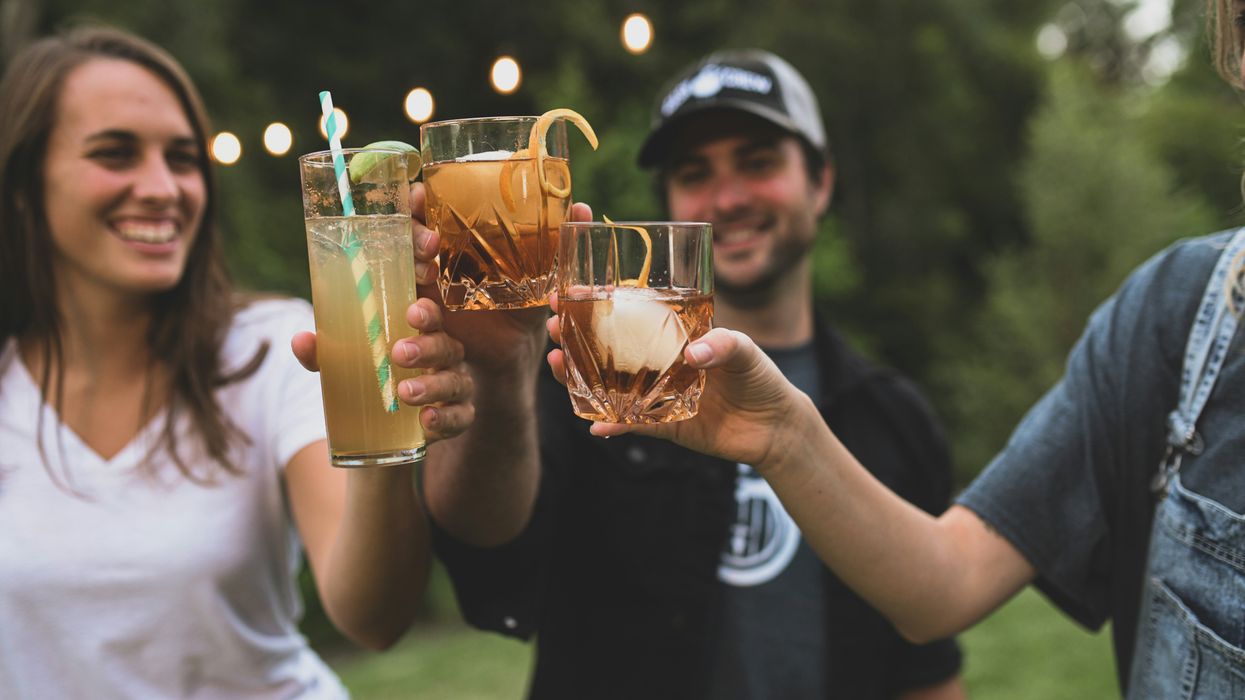
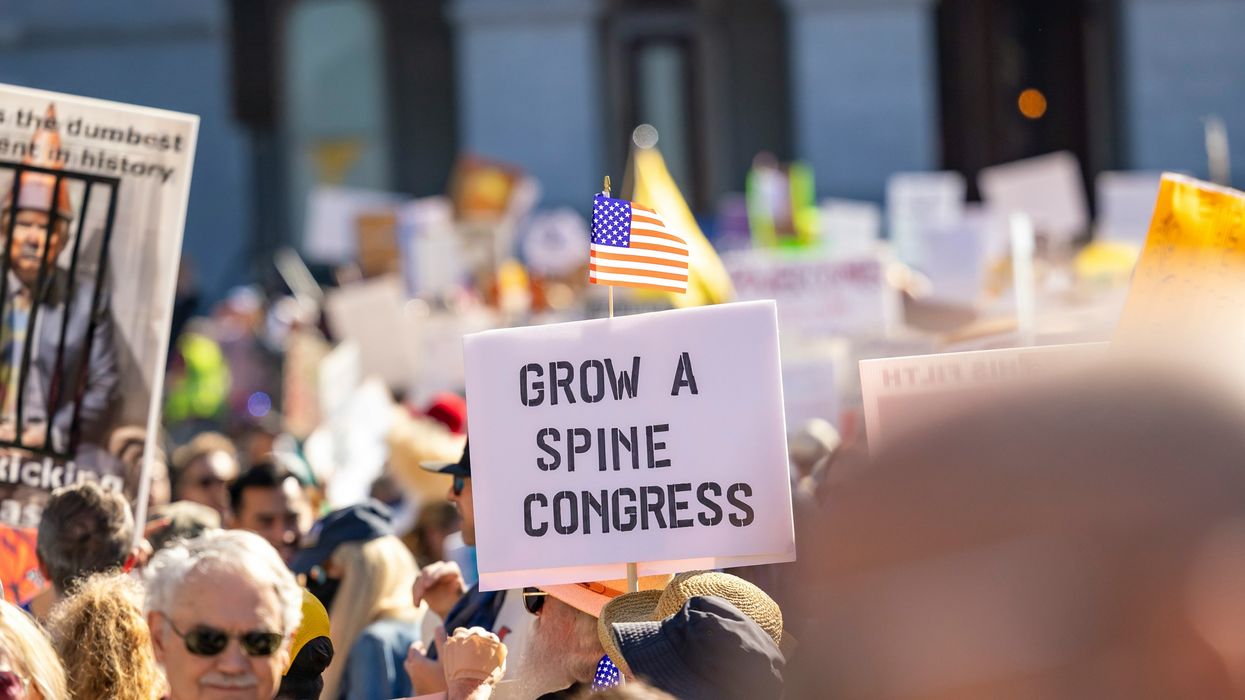

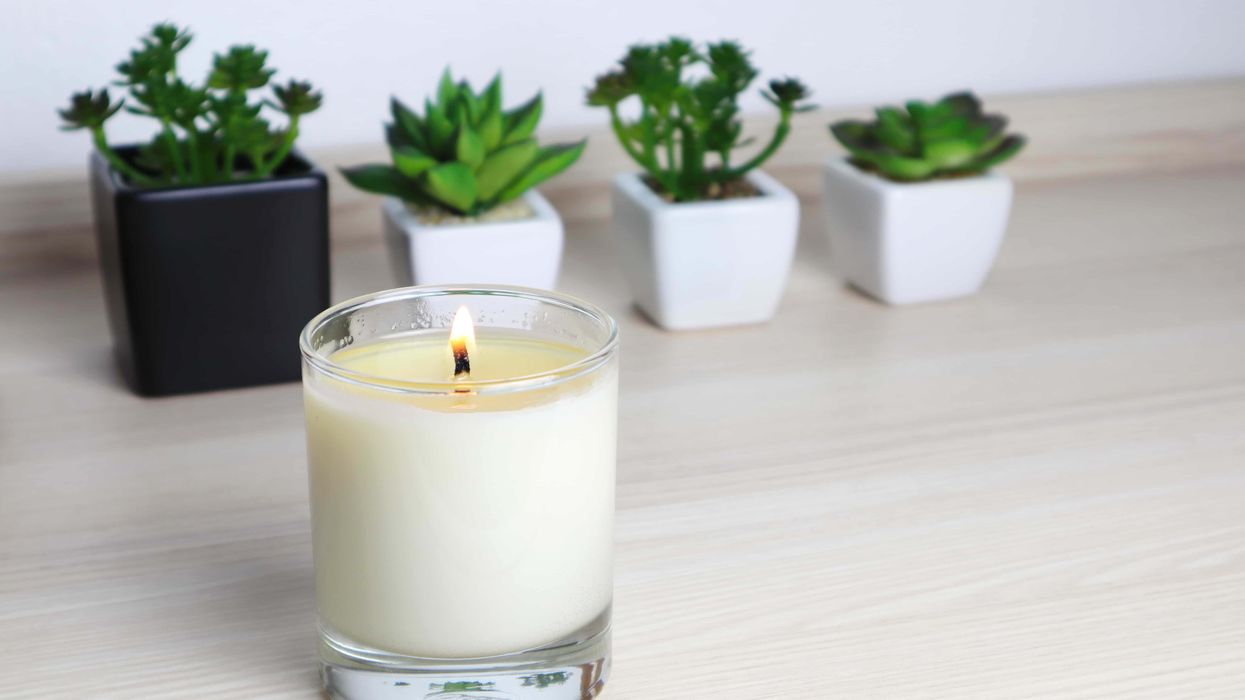
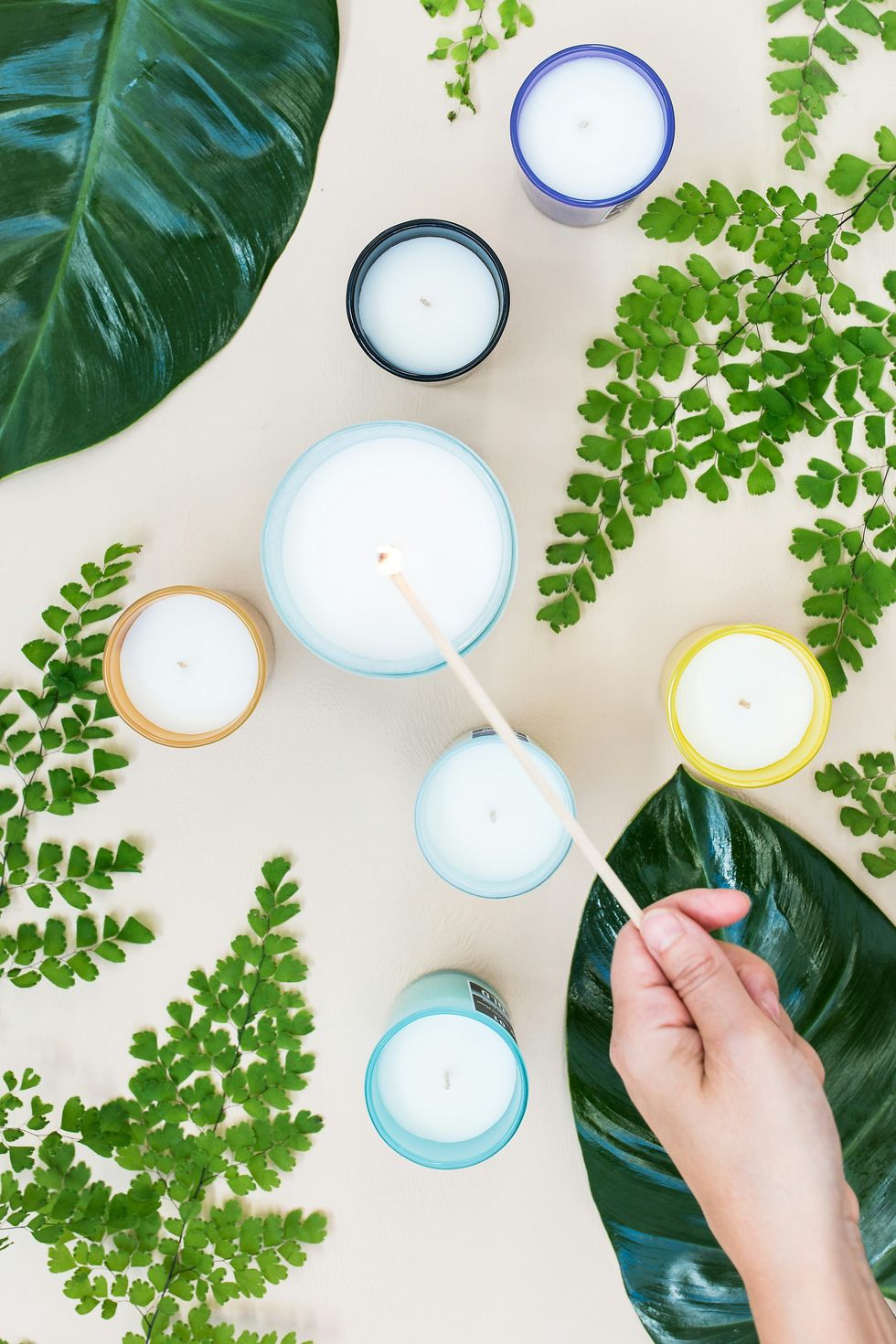 The Truth About THC Candle: Cannabis Candles & How to Make Your Own - The Bluntness
Photo by
The Truth About THC Candle: Cannabis Candles & How to Make Your Own - The Bluntness
Photo by 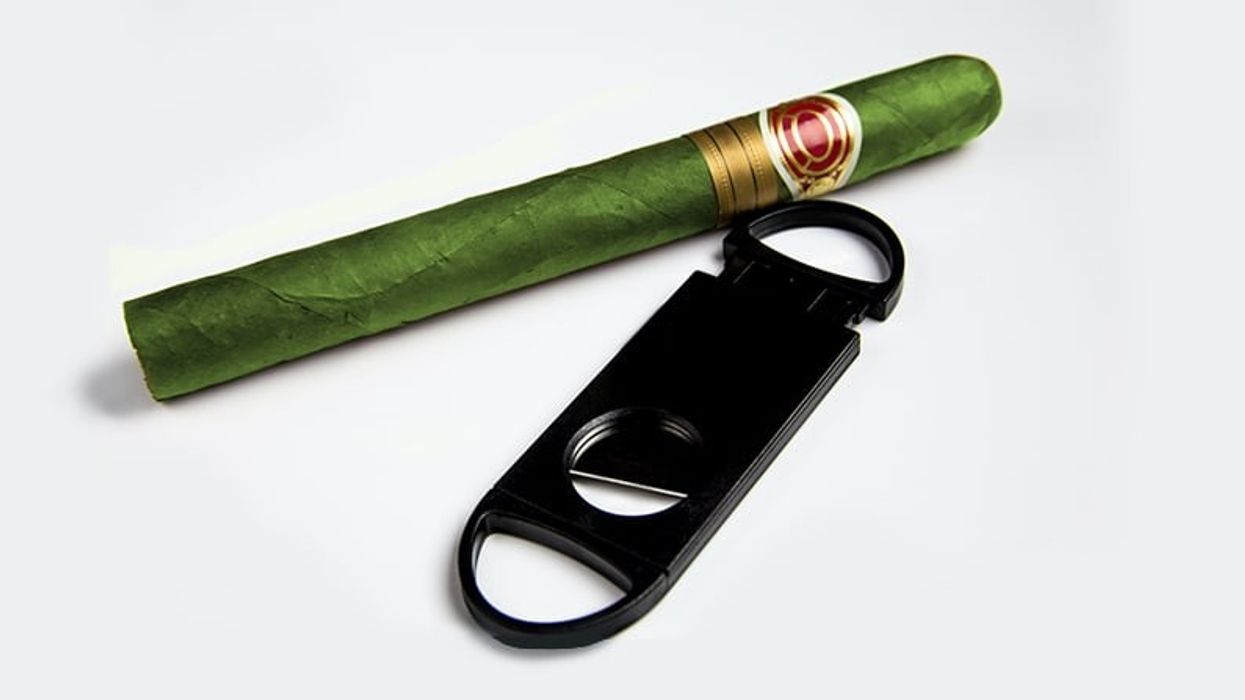
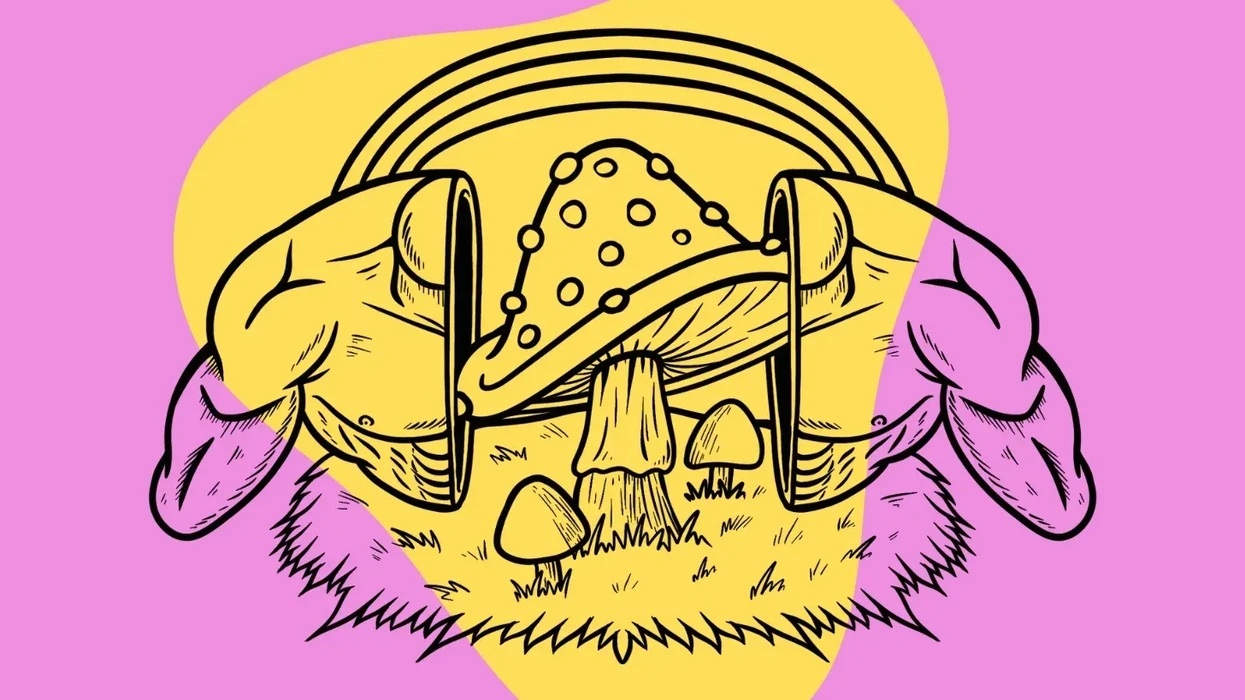
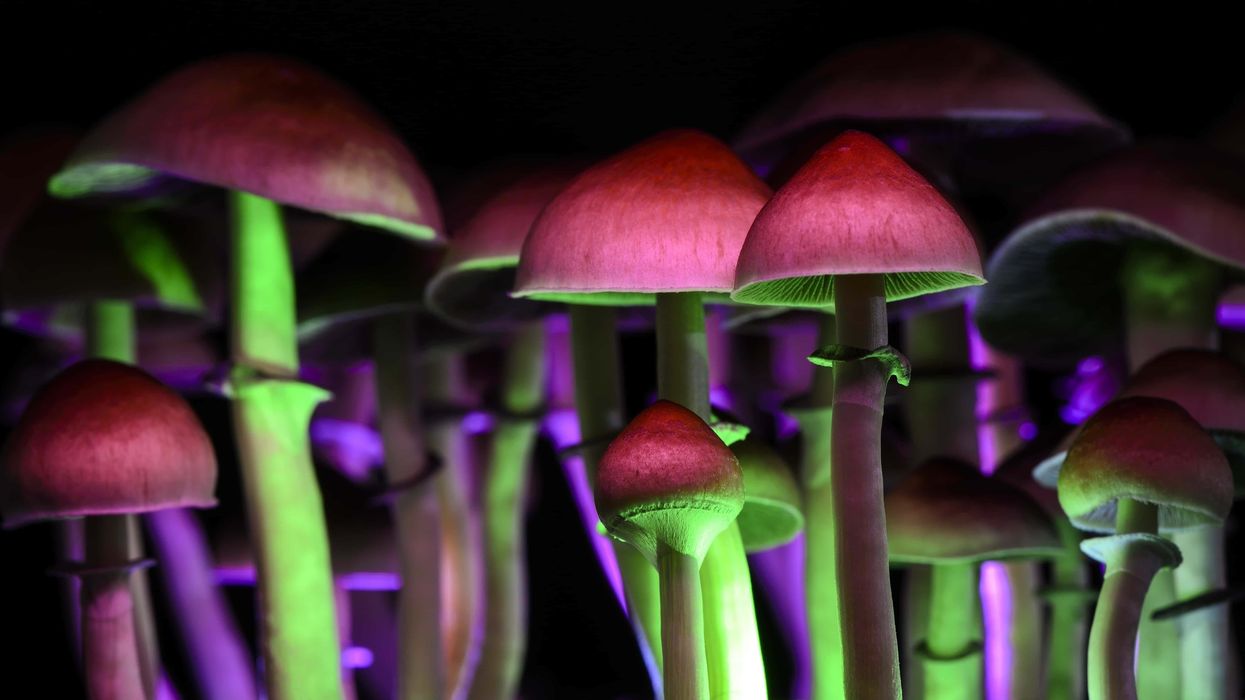

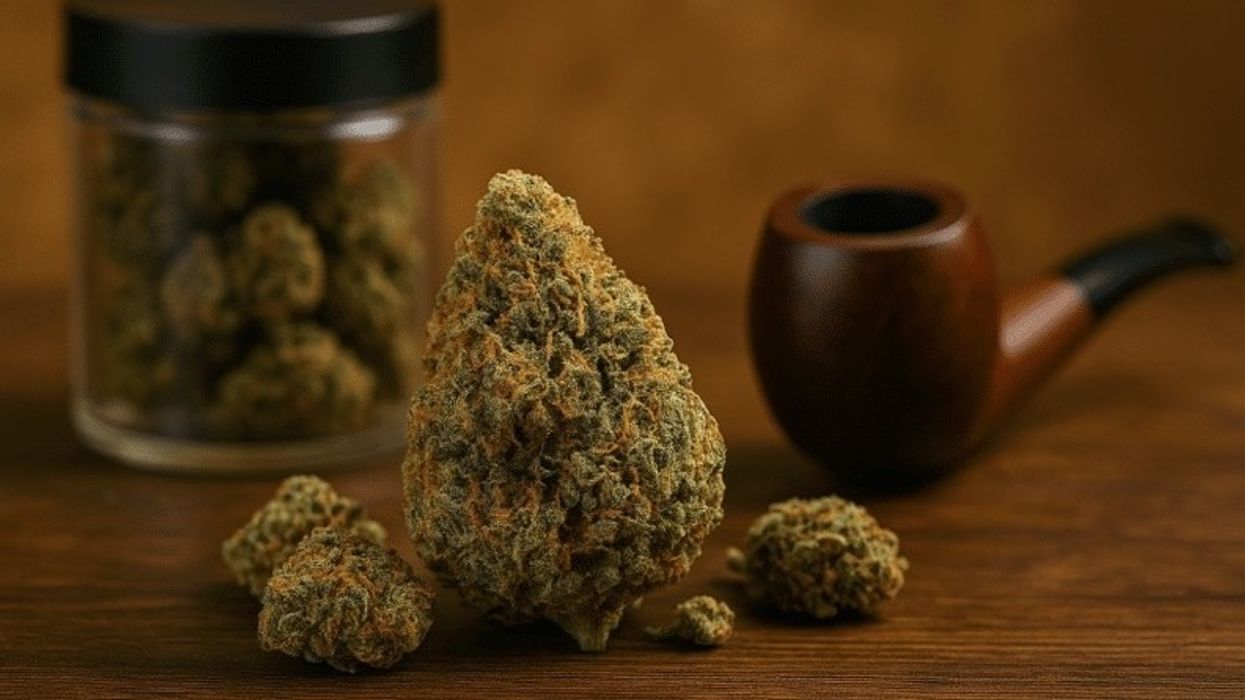
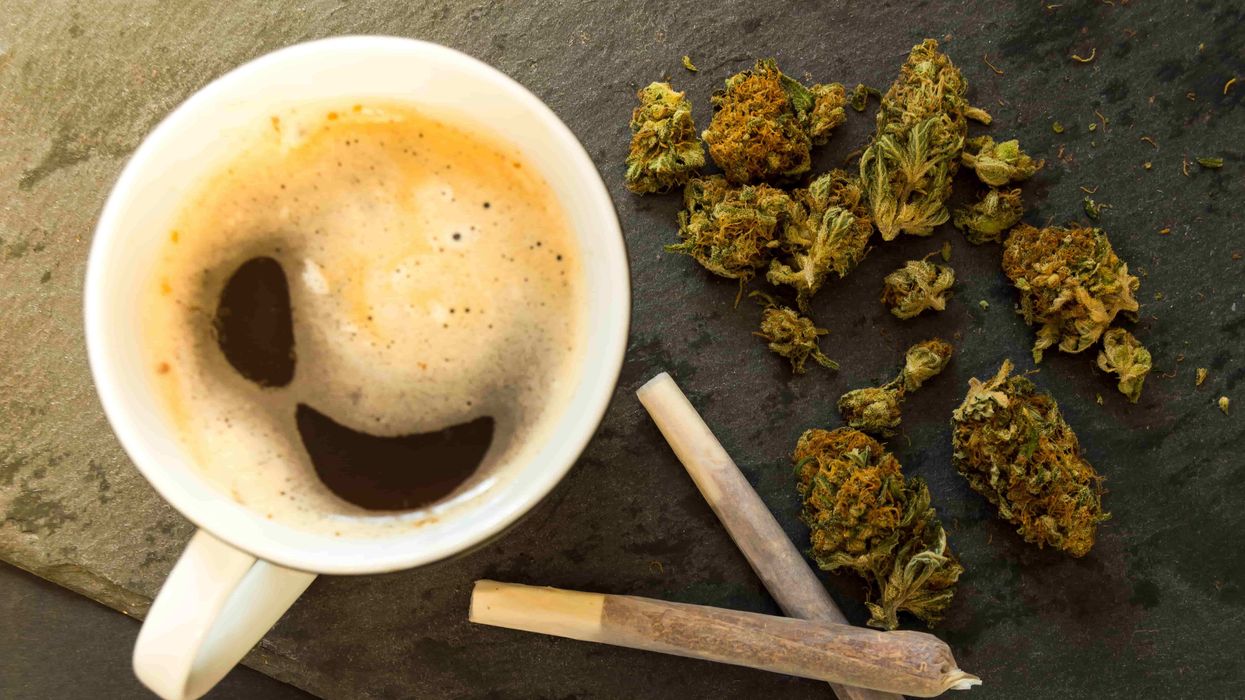
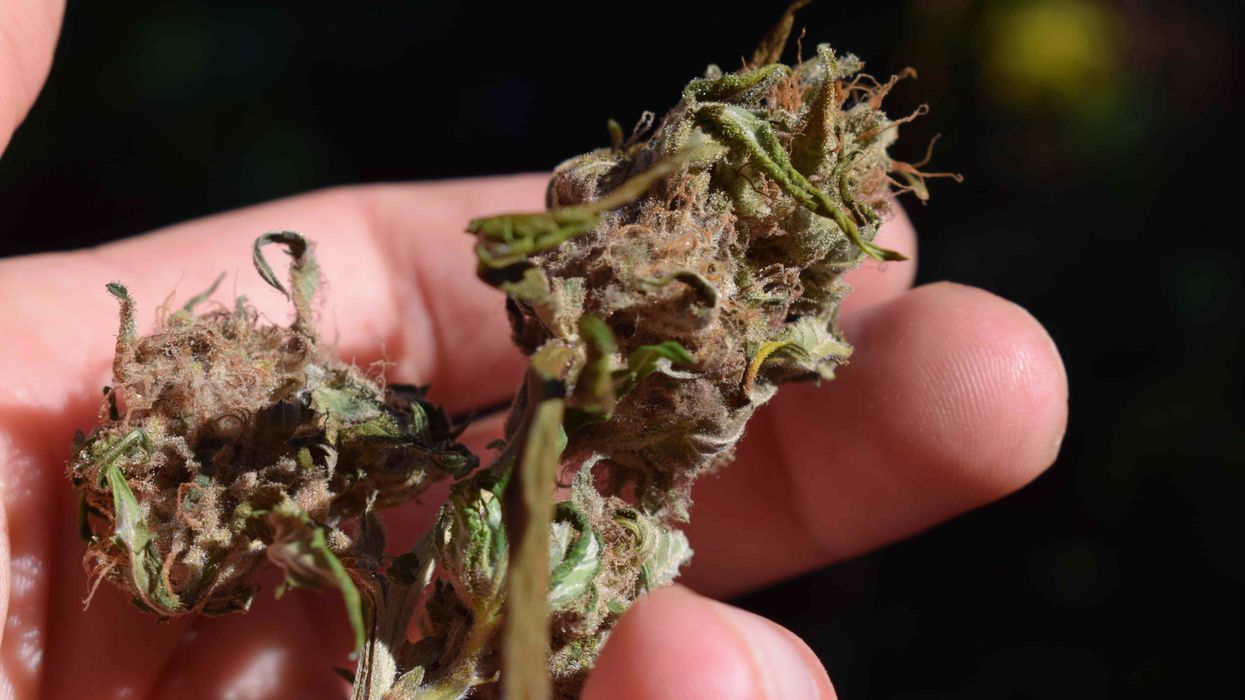
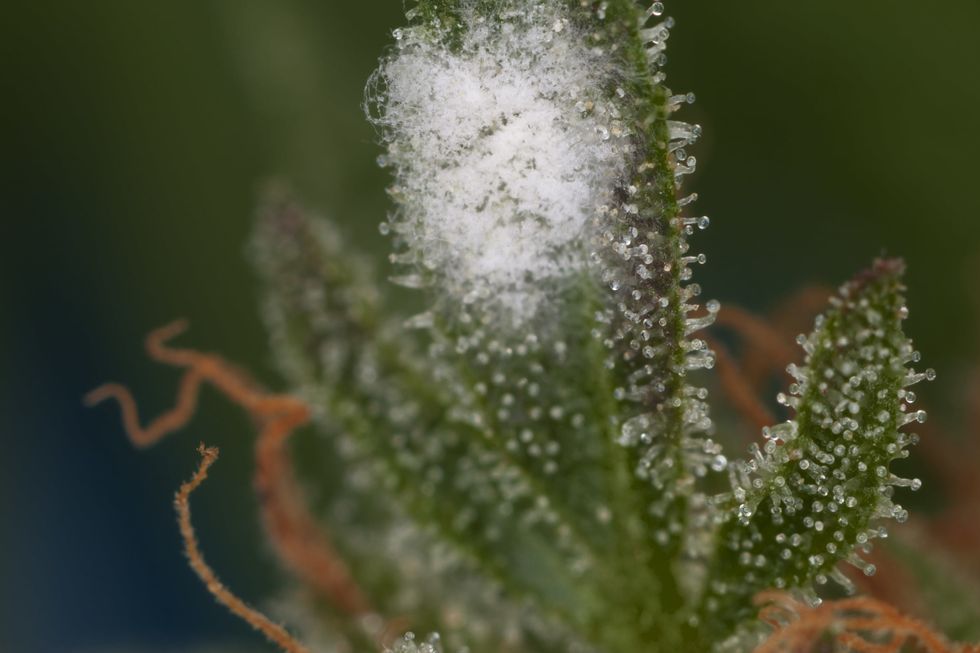 A good picture showing white mold next to cannabis trichomes.
A good picture showing white mold next to cannabis trichomes.
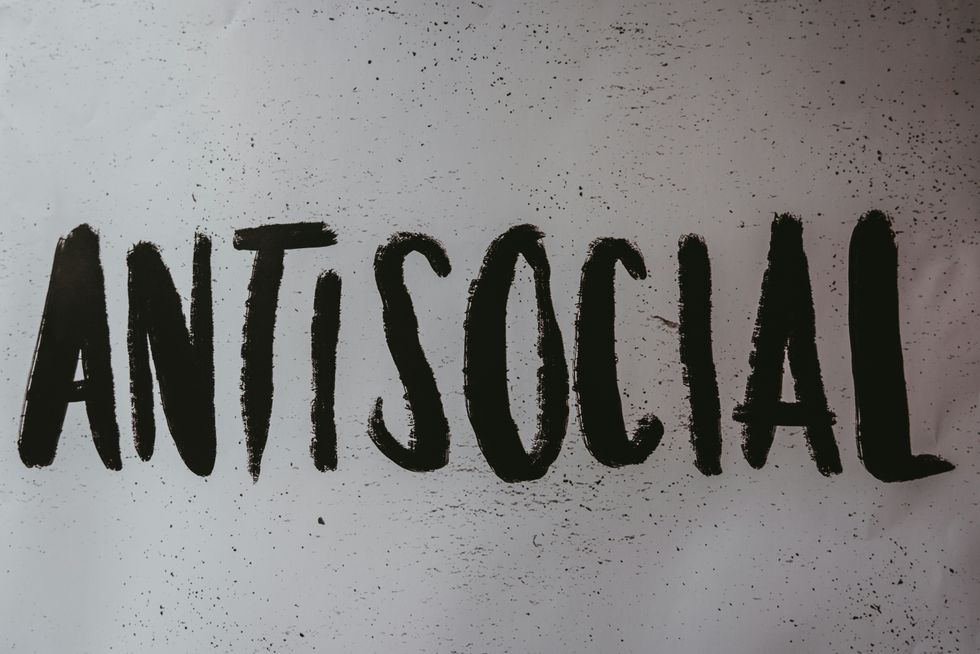 Recognizing the Signs of Antisocial Behaviors - The Bluntness
Photo by
Recognizing the Signs of Antisocial Behaviors - The Bluntness
Photo by  Weed Makes Me Antisocial: What To Do - The Bluntness
Photo by
Weed Makes Me Antisocial: What To Do - The Bluntness
Photo by 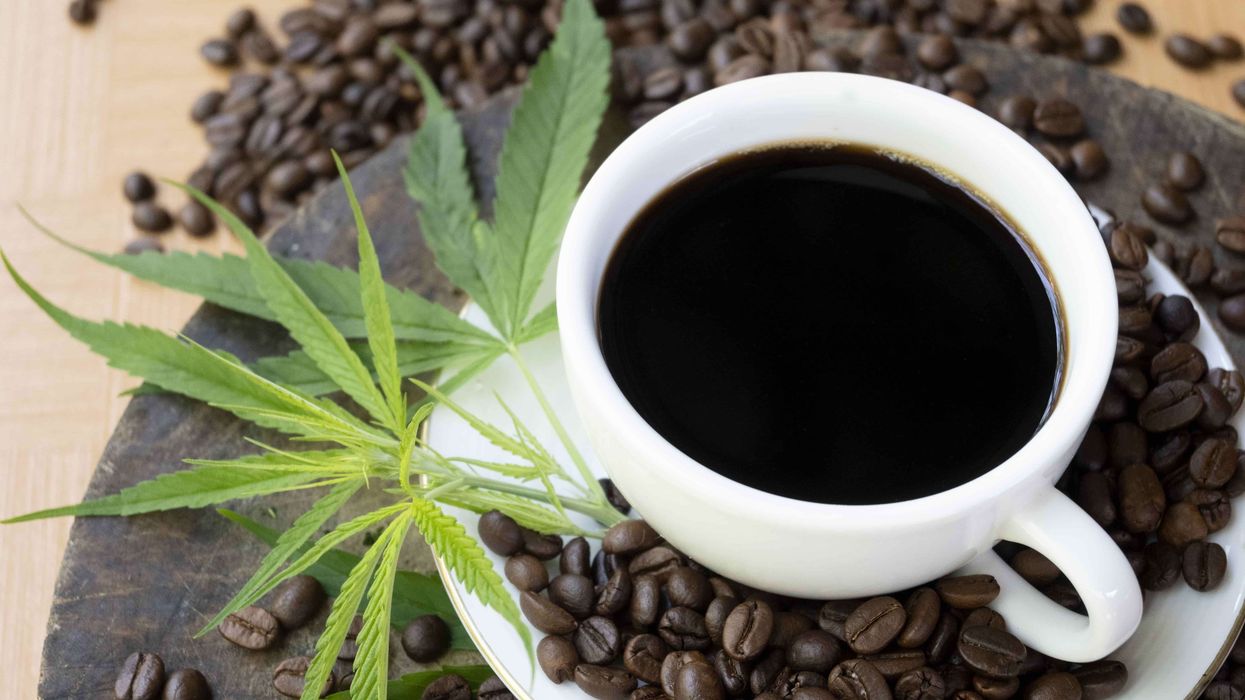
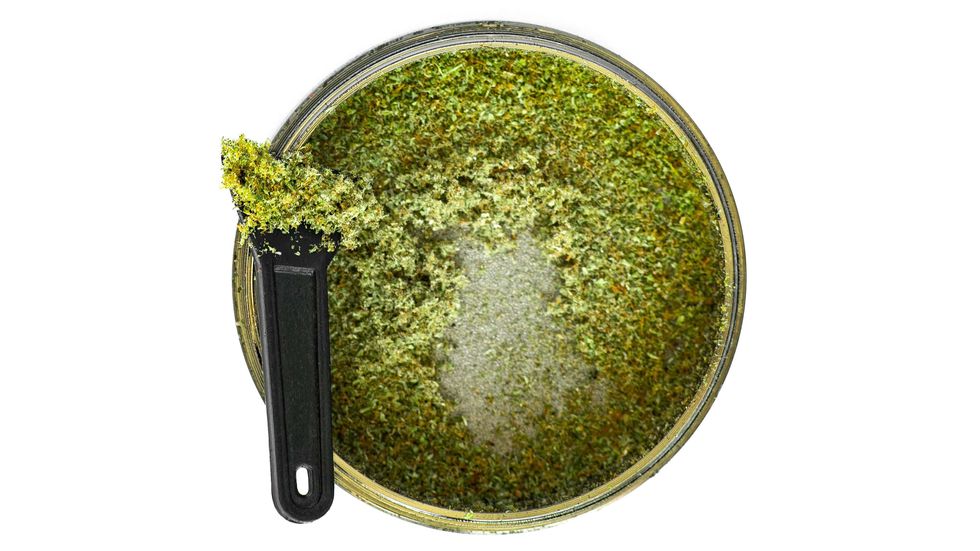 What will you do with that cannabis kief collection? - Make Coffee! The Bluntness
What will you do with that cannabis kief collection? - Make Coffee! The Bluntness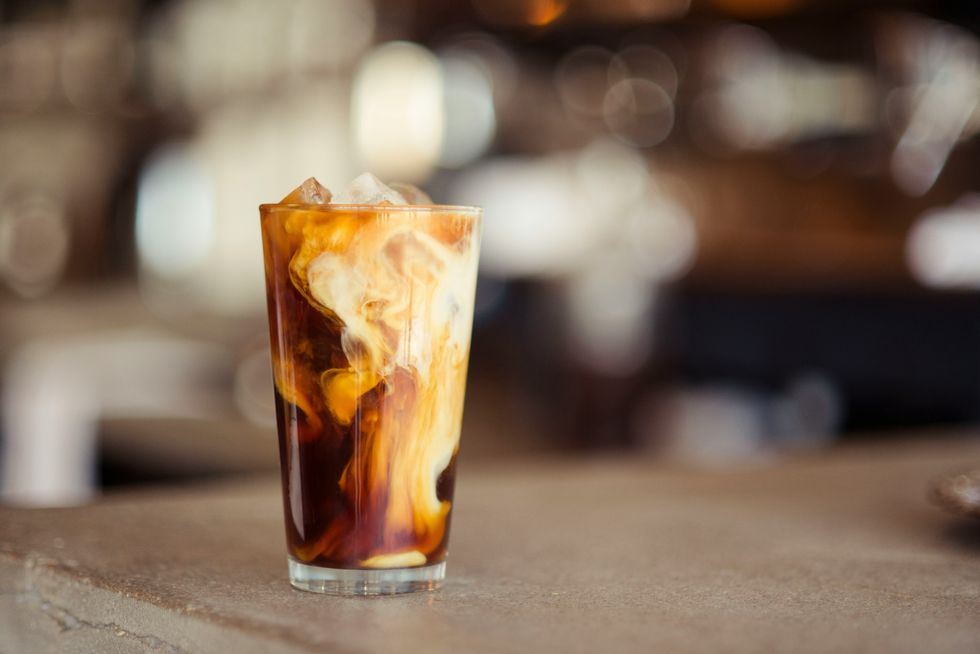 DIY: How to Make Kief Coffee - The Bluntness
Photo by
DIY: How to Make Kief Coffee - The Bluntness
Photo by 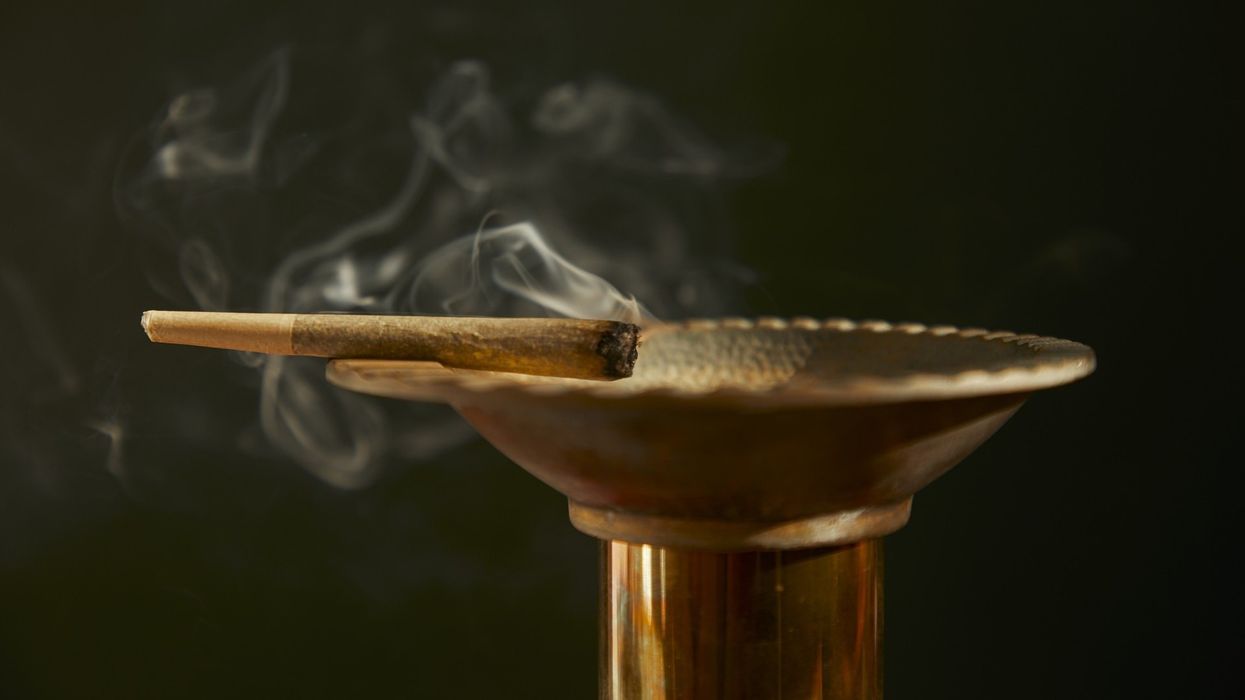
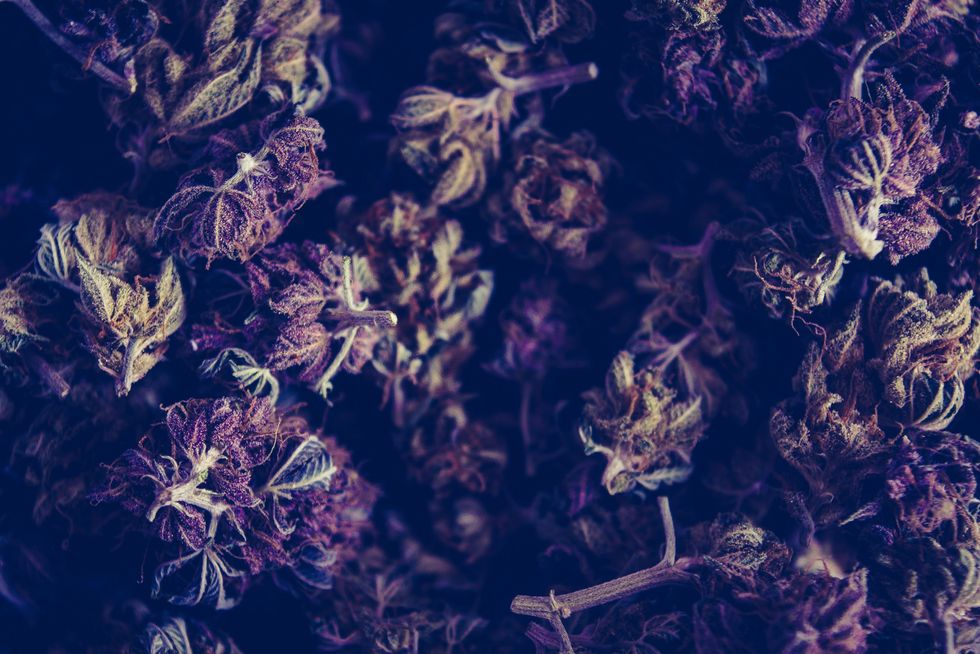 What is reggie weed? - The Bluntness
Photo by
What is reggie weed? - The Bluntness
Photo by